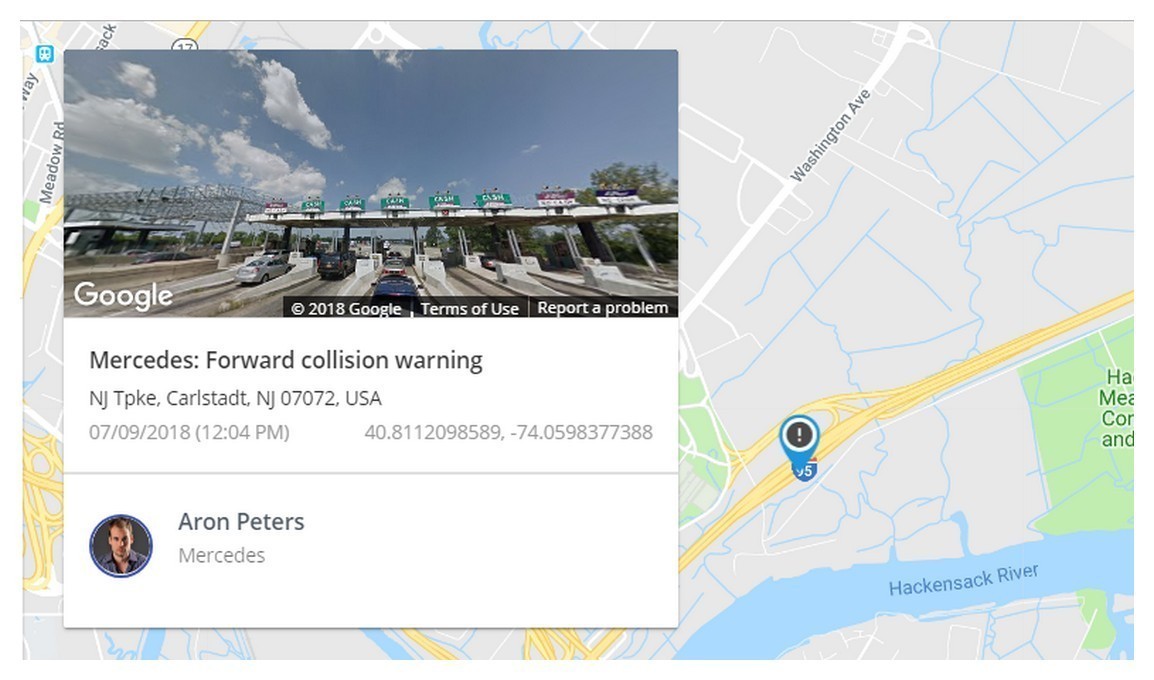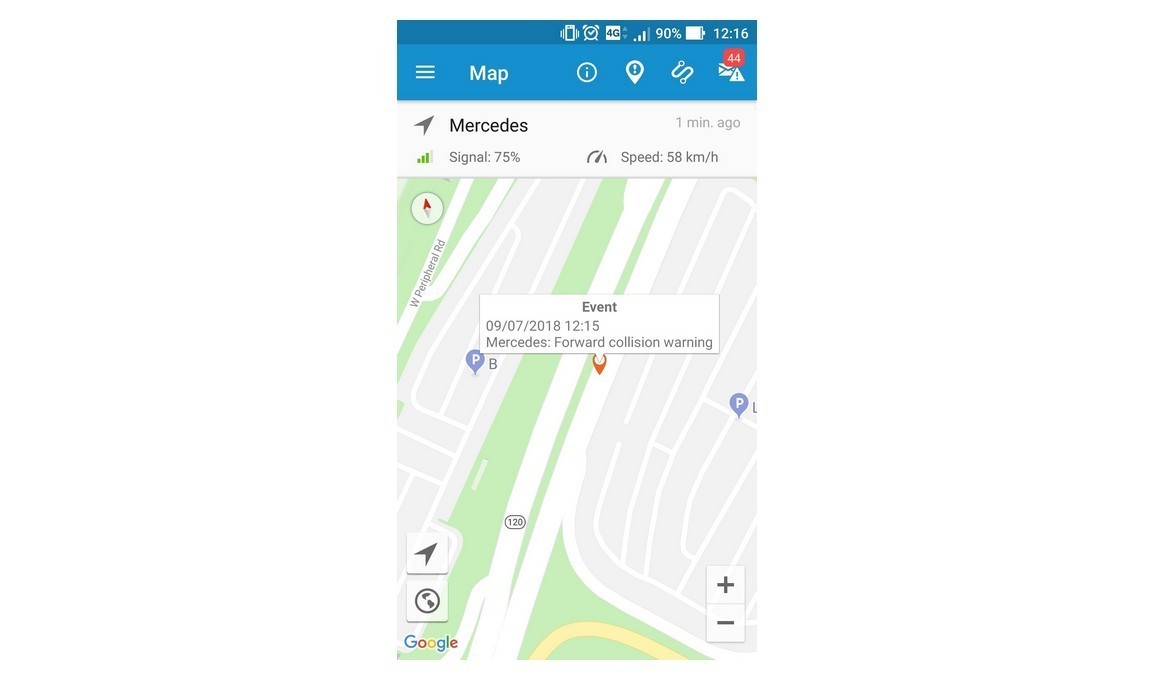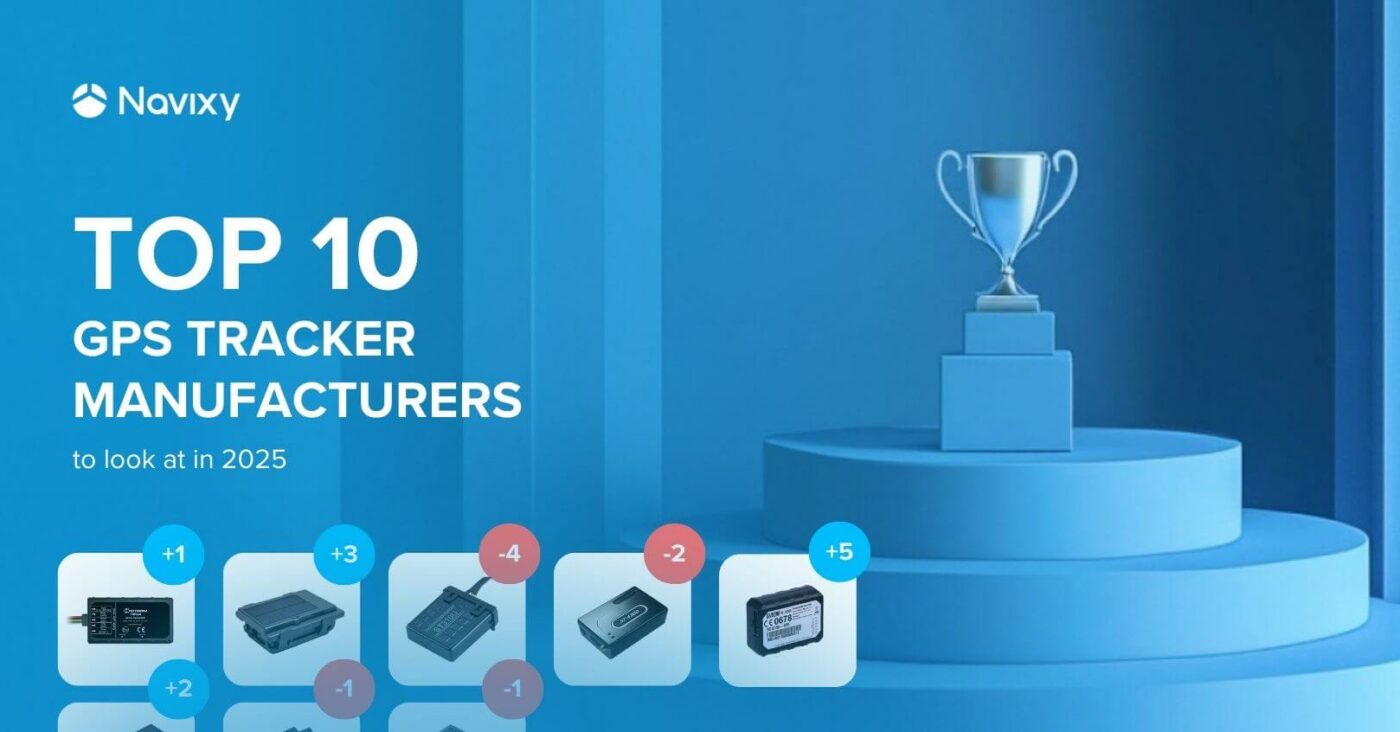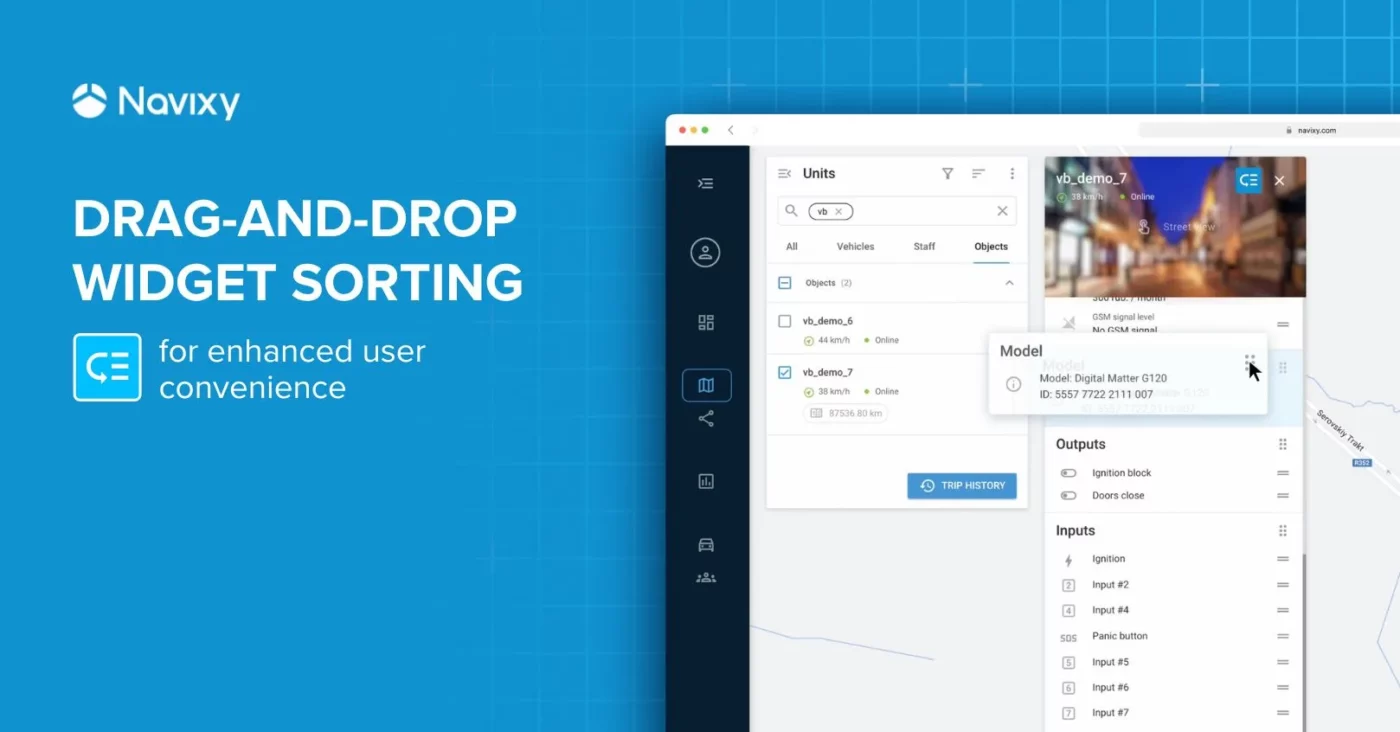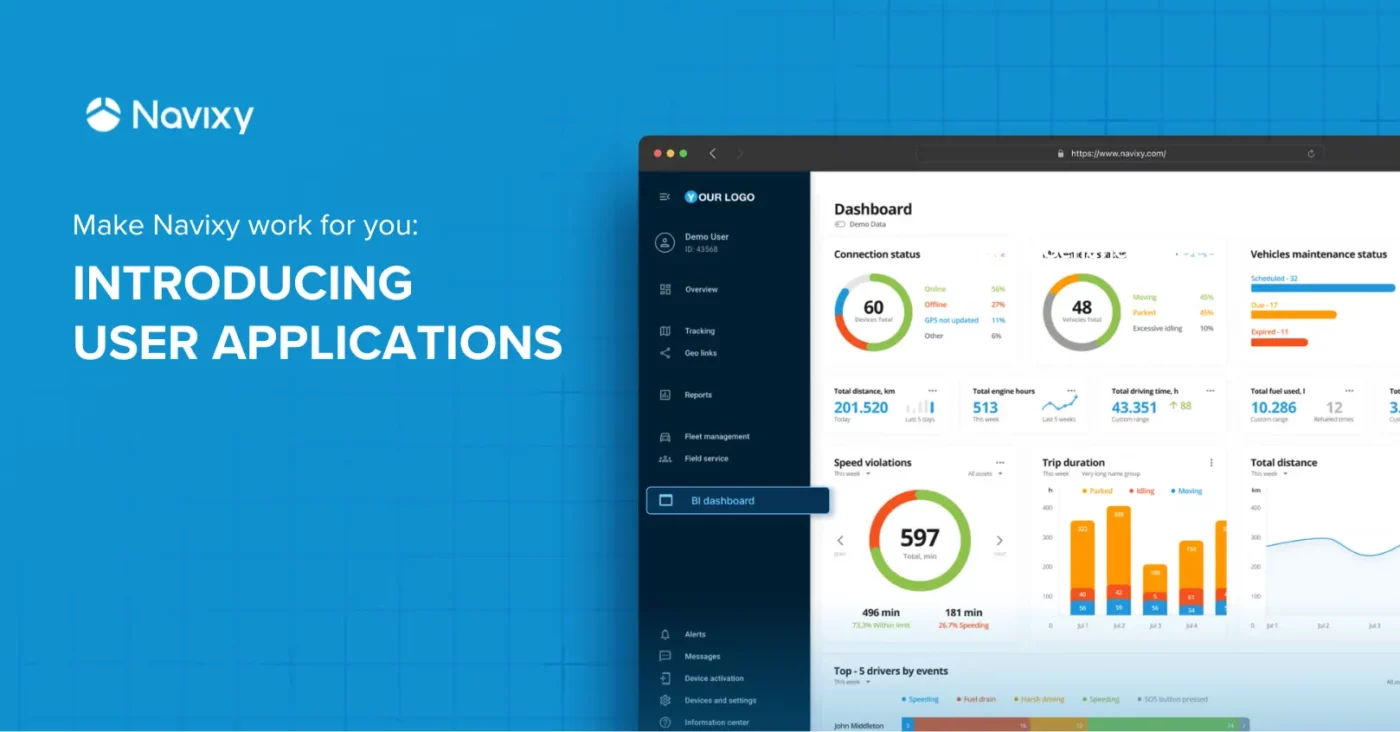The concept of autonomous cars — in which human drivers are never required to take control — has been improving year after year, bringing us closer to a beautiful tomorrow without road accidents or time wasted in driving. Be it Peugeot, Tesla, Renault, or even Rolls-Royce, all major car manufacturers are currently working on this technology.
However, despite the fact that modern technologies cannot yet completely replace the driver behind the wheel, they’ve already proved to be useful assistants.
Today we'll walk you through the basics of ADAS and show how this cutting-edge technology can be now applied on our cloud platform as a solution to improve driver safety and prevent accidents.
What are Advanced Driver Assistance Systems (ADAS)
Advanced driver-assistance system (ADAS) is a collection of algorithms and electronic systems in a vehicle designed to provide driver safety and assist in a variety of repetitive tasks.
For example, a driver can be supported by such systems when parking or driving. Working as a “third-eye”, they help the driver stay alert and notified of potential hazards on the road, as well as cope with the monotony of driving, say, if it’s necessary to travel the same route for several days in a row.
Market and industries
Today we can see that ADAS systems are in high demand in companies with large commercial vehicle fleets, involved in passenger transportation, heavy and dangerous goods delivery. There are also countries in which their installation can be promoted by legislation.
And such popularity is fully justified — after all, most of a fleet's operational costs directly depend on driving quality. The fewer accidents on the road, the lower the repair costs.
Using this technology, car-sharing, transportation, or insurance companies can timely identify drivers prone to risky maneuvers and reduce the probability of accidents and fines.
Hardware and software behind ADAS
Currently, most of the cars coming off the production lines, are already equipped by automakers and OEMs with ADAS systems. Still, they can also be integrated into existing fleets (the so-called aftermarket segment) using various sensors, such as video recorders or dash cams to provide computer vision and early warning.
Some of the most popular ADAS systems rely on inputs from multiple data sources, including automotive imaging, LiDAR, radar, image processing, computer vision, artificial intelligence (AI), and in-car networking.
All in all, we can single out five key components involved in developing advanced driver assistance systems: sensors, processors, software algorithms, mapping solutions, and actuators.
Without a doubt, software solutions play a significant role in bringing together all of these hardware components. To achieve a more advanced control and pull together all the elements, ADAS systems are integrated with a cloud-based telematics platform.
How it works on Navixy
As mentioned above, the operation of ADAS systems is based on algorithms and may include several additional gadgets installed inside or outside the cabin: dash cams, infrared sensors, etc.
To retrieve and redirect data coming from the devices to the cloud platform, it is enough to perform a few basic steps. Let’s see how this looks like on our platform:
- A Mobileye device is installed in the car and connected to a GPS tracker. For example, it could be Atrack AK11 or Teltonika FM63xx, FMB630 and FMB640.
- The user creates an alert rule “Advanced Driver Assistance Systems (ADAS)”.
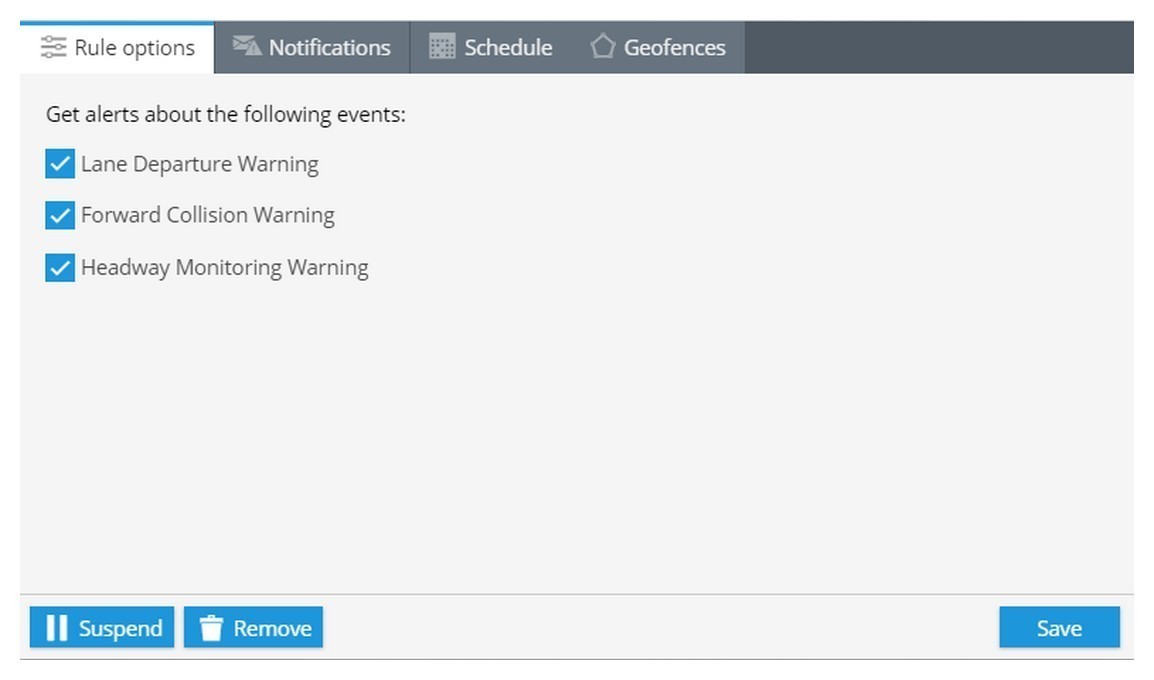
- Each time a risky maneuver is detected by the Mobileye device, it will send an alert to the GPS terminal (Teltonika or ATrack), and then the latter will transmit the data to the platform.
The dispatcher and the fleet owner will get a notification via the web version or the "X-GPS Monitor" mobile app.
- At any time, the fleet owner will be able to find out in the report about all the safety-critical events grouped by drivers. I'll attach the full list of events in the section below.
Supported ADAS events
Currently, there're the following types of ADAS events supported on our platform:
- Lane Departure Warning
- Forward Collision Warning
- Headway Monitoring Warning
- Peds in danger zone
- Peds Collision Warning
- Traffic sign recognition
Thus, the user can easily set up and fine-tune the “Advanced Driver Assistance Systems (ADAS)” alert rule for these safety-critical events.
Benefits of implementing the solution
The solution will help drivers avoid dangerous situations on the roads, while companies will be able to protect their assets and reduce operational costs:
- Increase safety on roads and protect your assets
- Save money with lower insurance rates and reduce repair costs
- Improve driver's discipline through constant monitoring and timely warning
The Advanced Driver Assistance System (ADAS) market is expected to grow an average of 10% until 2026 and may cross the $60 billion mark, according to a recent Global Market Insights Report. We believe this integration to be a great stepping stone to future developments towards safer driving.
If you have any questions regarding this solution, please contact your personal manager or email us at [email protected].
Don't forget to follow us on Facebook and Youtube to miss no new updates.
